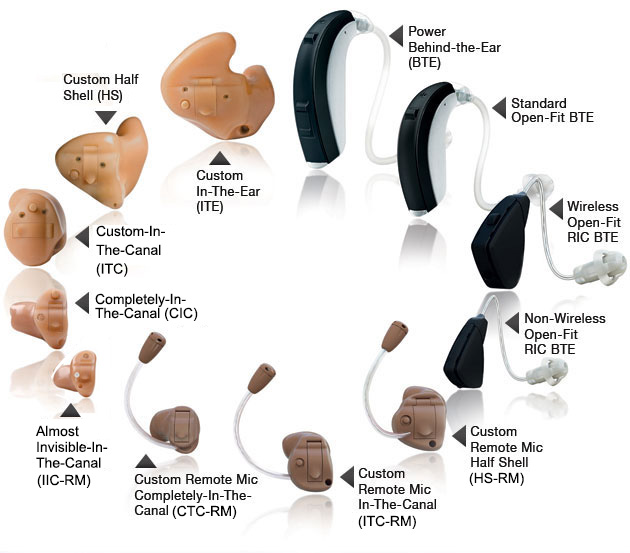Is the latest and greatest hearing aids the best choice for you?
New hearing aid technologies are always improvements in doing new and different things in different ways. There are pros and cons to everything. For the right person, one new technology can change the world for them. For the next person, they do not want it, nor want to use it, and really do not want to pay for it. Along with new technologies, there are times when they need to check for reliability and how well the hearing aids do what they are meant to.
When it comes to hearing aids, the more you talk to your hearing instrument specialist or audiologist about your feelings, expectations, and lifestyle; the more suitable the hearing aid(s) will be to fit your personal needs.
I just want to have a discussion about some of the newer technologies that are available, such as rechargeable batteries and Bluetooth. Rechargeable batteries are really good for those with dexterity issues. Bluetooth devices are really good for those who are always on the go but batteries at this current time, do not last very long. However, what you need to know, is that both of these components are currently only in the premium hearing devices.
Most manufacturers are charging an extra $1,000 to $2,000 on top of the normal price of each hearing aid. These extra charges can make the hearing aids out of some peoples price range.
Be careful when reading advertisements for the latest technology in hearing aids. We have talked only about two of the newer options available in new hearing aids, there are many others.

